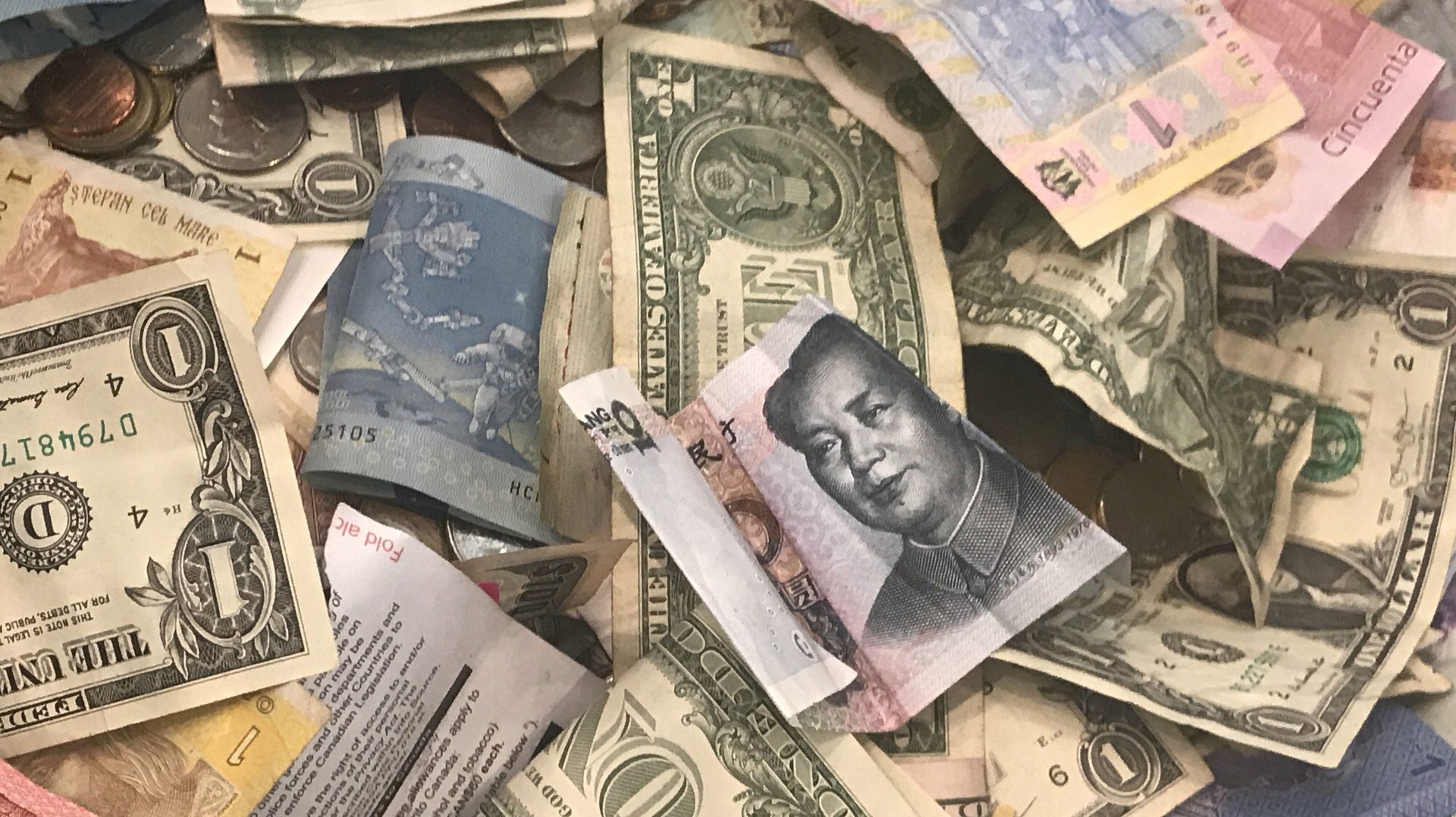The best way to get people to give to charity is to make it about them
Economists have often wondered what motivates people to give to charity. During the holidays for example, family gatherings—and in the northern hemisphere, the cold weather—can often highlight the misfortune of others and prompt people to give to charity (it’s also the last few weeks to secure a tax deduction for the year in countries like the US.) But do people give because they love helping others, or because it makes them feel better about themselves?


Economists have often wondered what motivates people to give to charity. During the holidays for example, family gatherings—and in the northern hemisphere, the cold weather—can often highlight the misfortune of others and prompt people to give to charity (it’s also the last few weeks to secure a tax deduction for the year in countries like the US.) But do people give because they love helping others, or because it makes them feel better about themselves?
Alaska may have the answer. Every year since 1982 the state has disbursed an annual dividend to its residents from its oil revenue and investment returns. Alaskans have the option of registering to give some, or all, of the payment, which has ranged (pdf) from as low as $331 in 1984 to as high as $2,072 in 2015, to charity. To test people’s altruistic motivations, economists from the University of Chicago, University of Alaska Anchorage, and University of Alabama randomly divided half a million people registered to receive the dividends into groups. Two of the groups received postcards urging them to donate their dividends to charity, one with the tagline “Warm Your Heart,” and the other with the line, “Make Alaska better for everyone.” A third control group did not receive a card.
The economists then reviewed the amount people donated from their dividends to charity through confidential data provided by Alaska’s Permanent Fund Dividend Charitable Contributions Program. The results of the research, based on giving in 2014, are described in a working paper reviewed by Quartz.
The researchers found that the “Warm Your Heart Group” were 31% more likely to give some of their dividend to charity, and gave 57% more than the control group who did not receive any card. The “Make Alaska better for everyone” group was not significantly more likely to donate than the control group. The economists concluded that people are more motivated to give because of how it makes them feel, rather than the idea of helping others. The paper concludes: “Our findings suggest that giving is motivated by self-interests rather than concerns for charitable output, per se.”
The feeling may also last, given that the research found the “Warm Your Heart” group were more likely to give the following year. The economists also estimate women, regardless of any card, are more likely to donate, but when men donate, they tend to give more.
They speculate this insight can be used to promote giving. A postcard reminding people how good charitable giving feels does not seem like much, but it can have a significant impact on people’s behavior.
The results of the study are limited in that it focused on Alaskans who had extra unearned income. Previous research has shown that the motivations behind gift-giving can be varied, driven by personal experience, and expressed in different ways across cultures. But if the results of this research hold on a wider population, it could be that a simple change of message might prove more powerful than the prospect of a tax write-off.